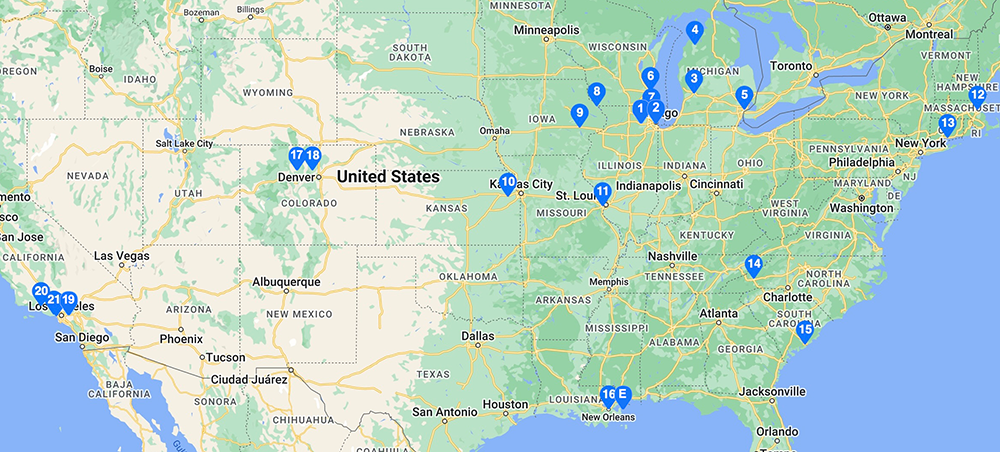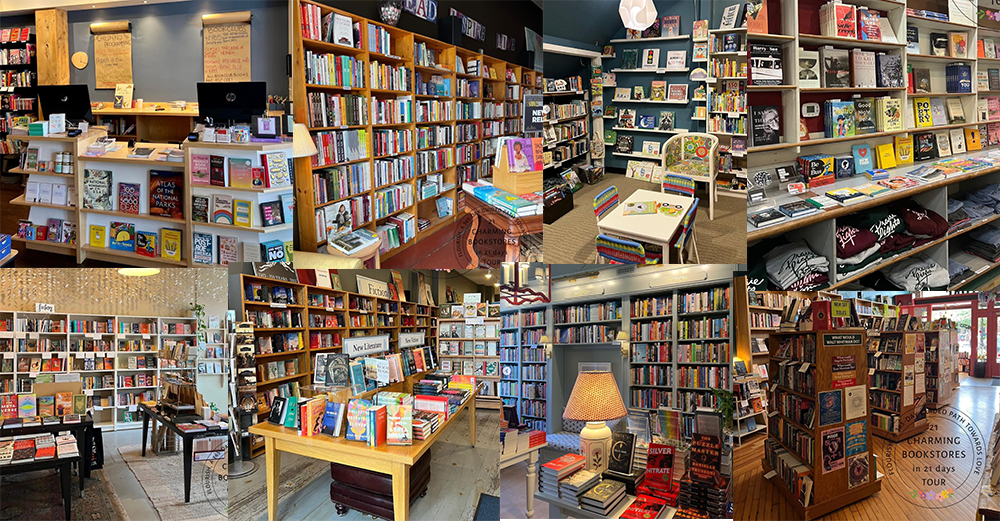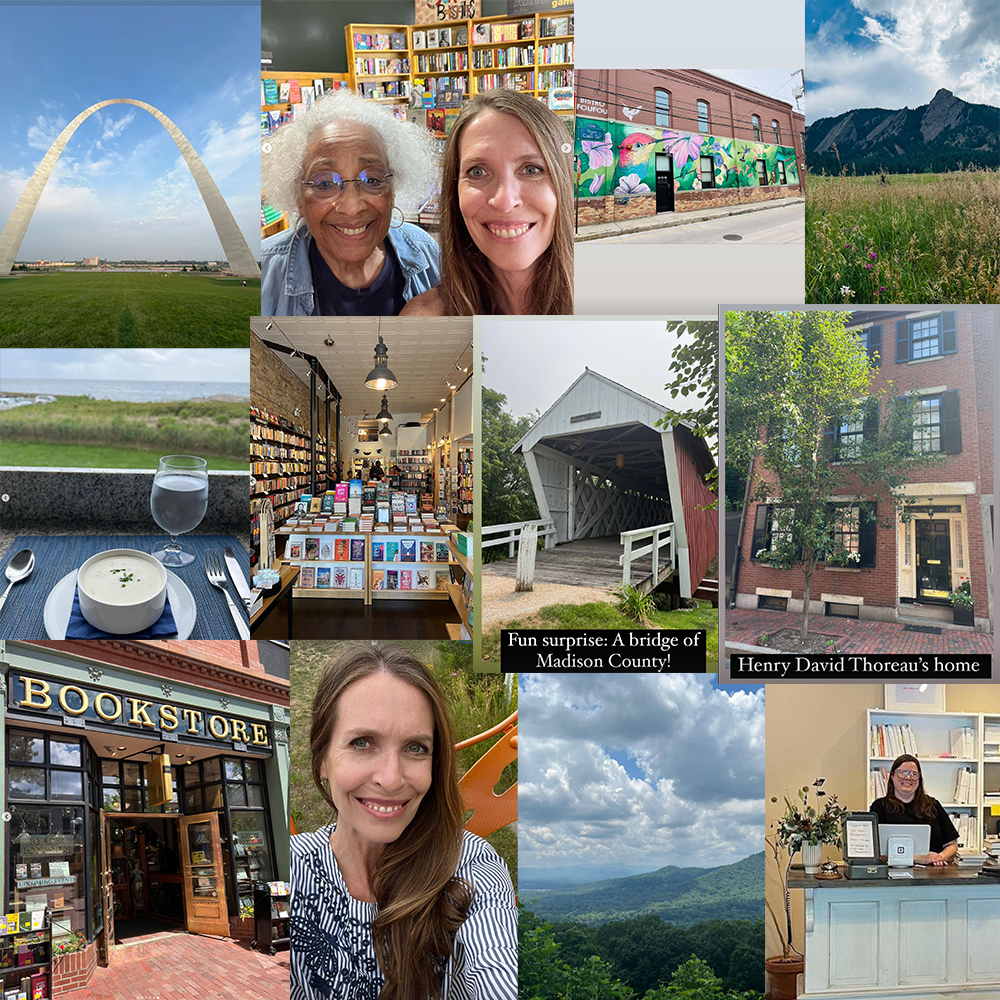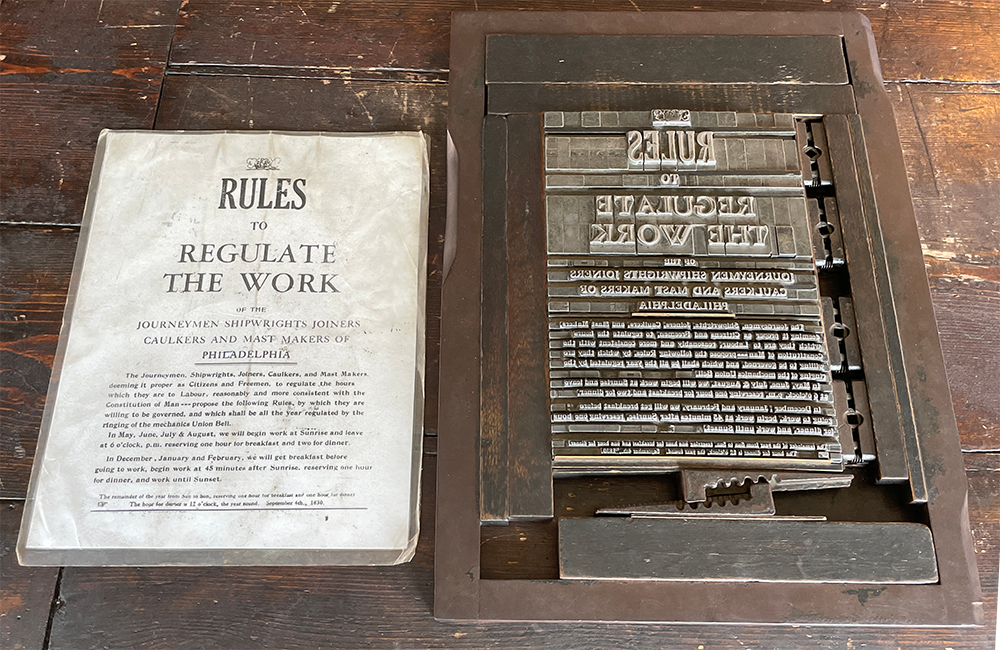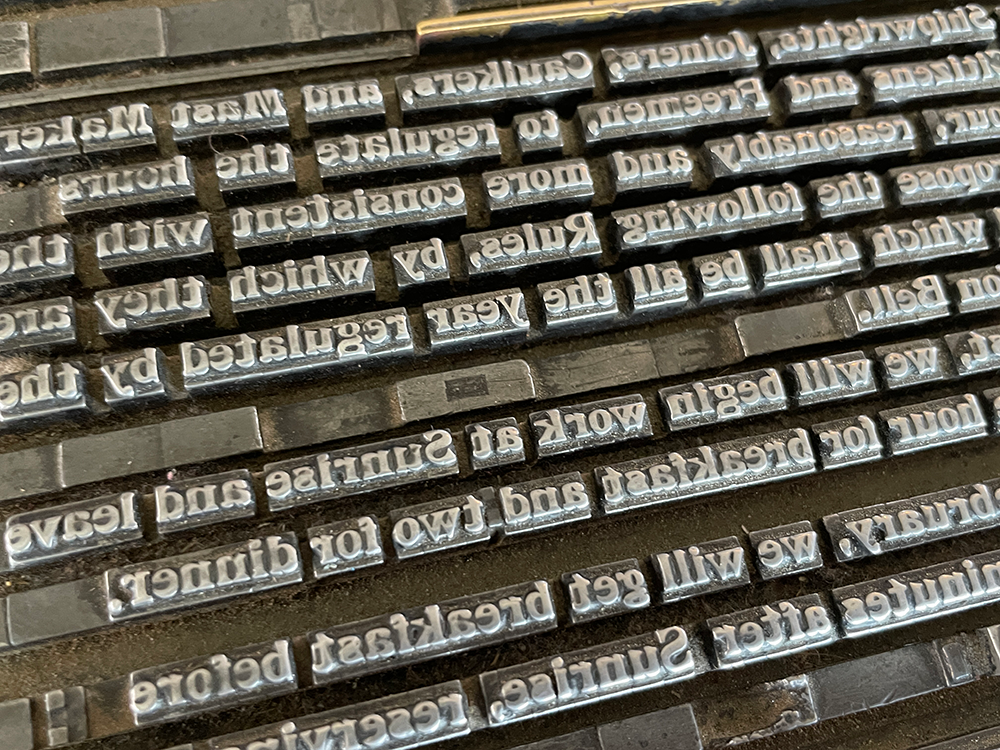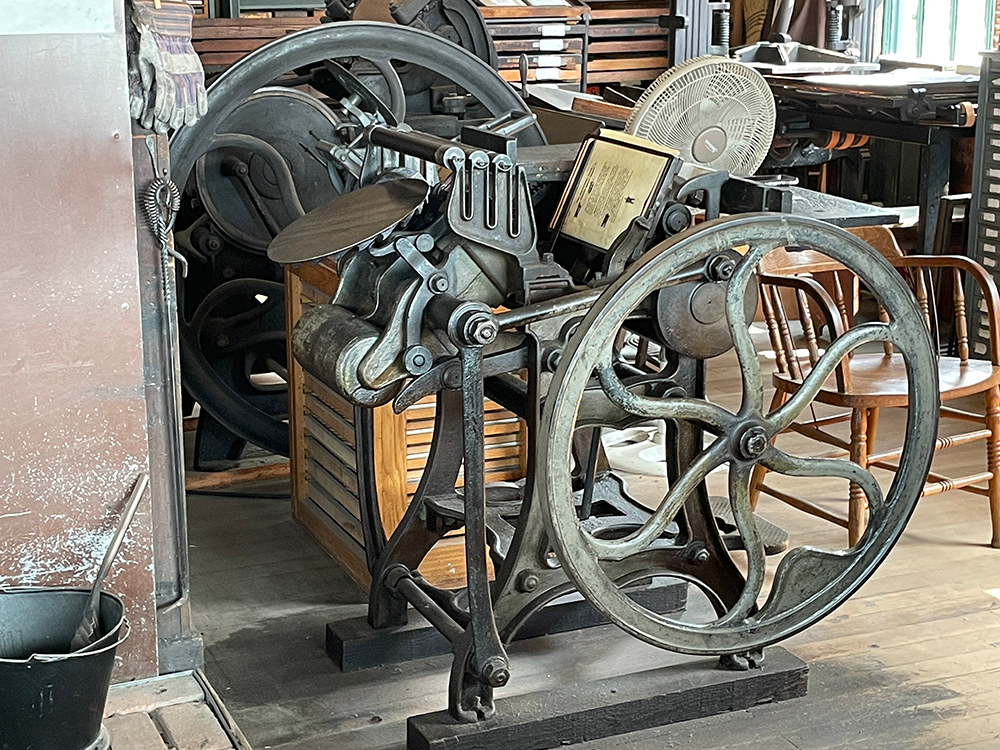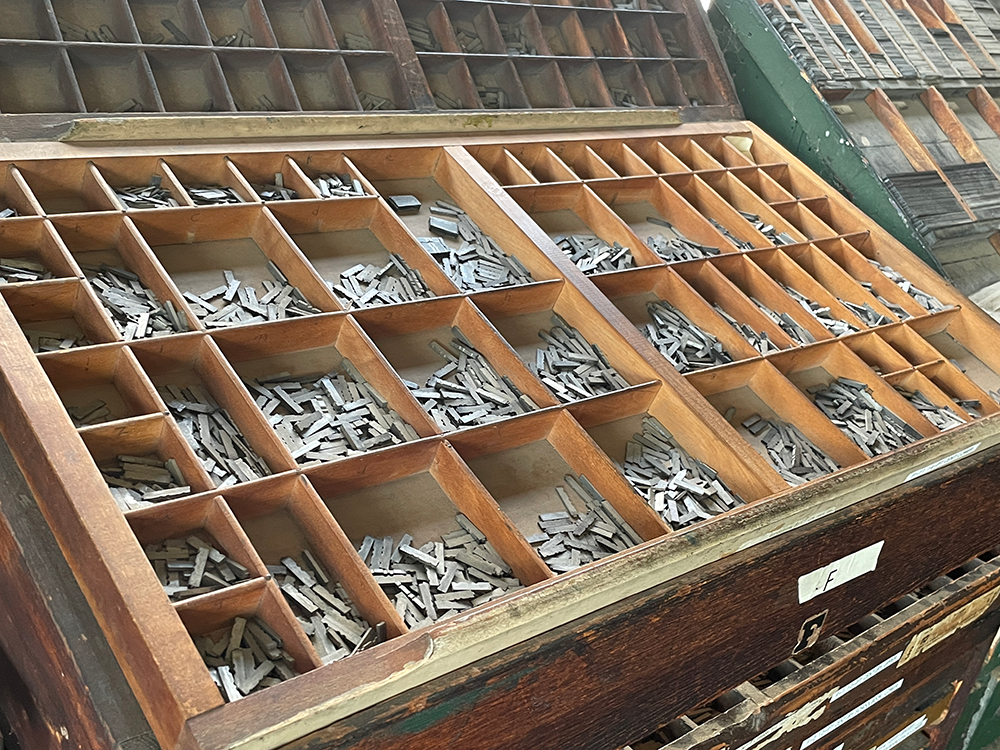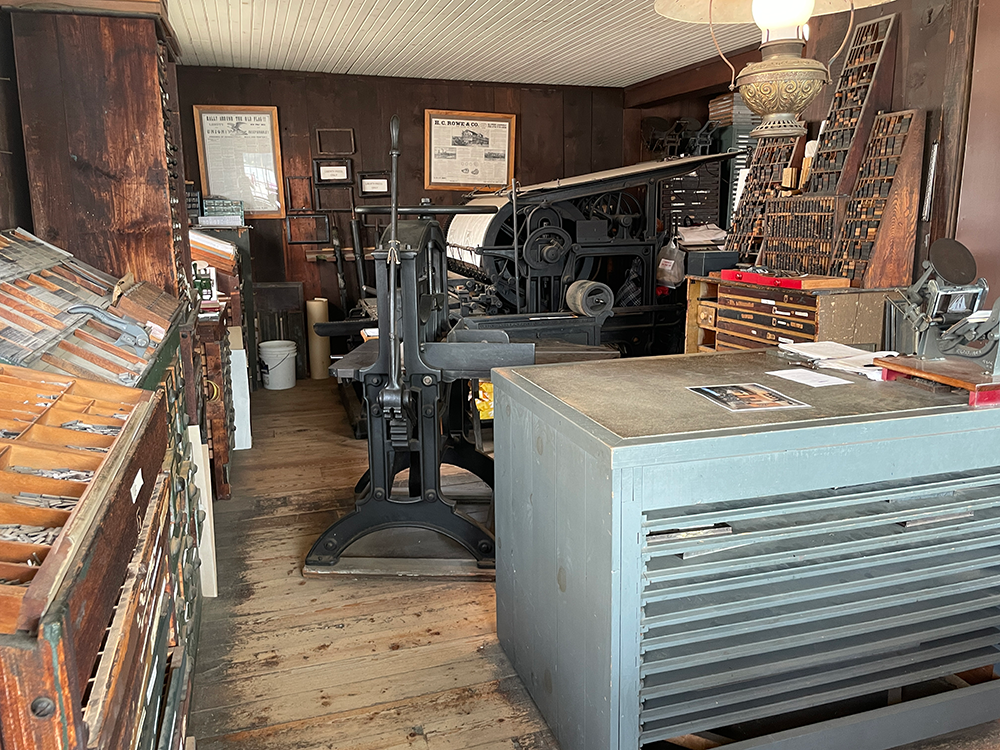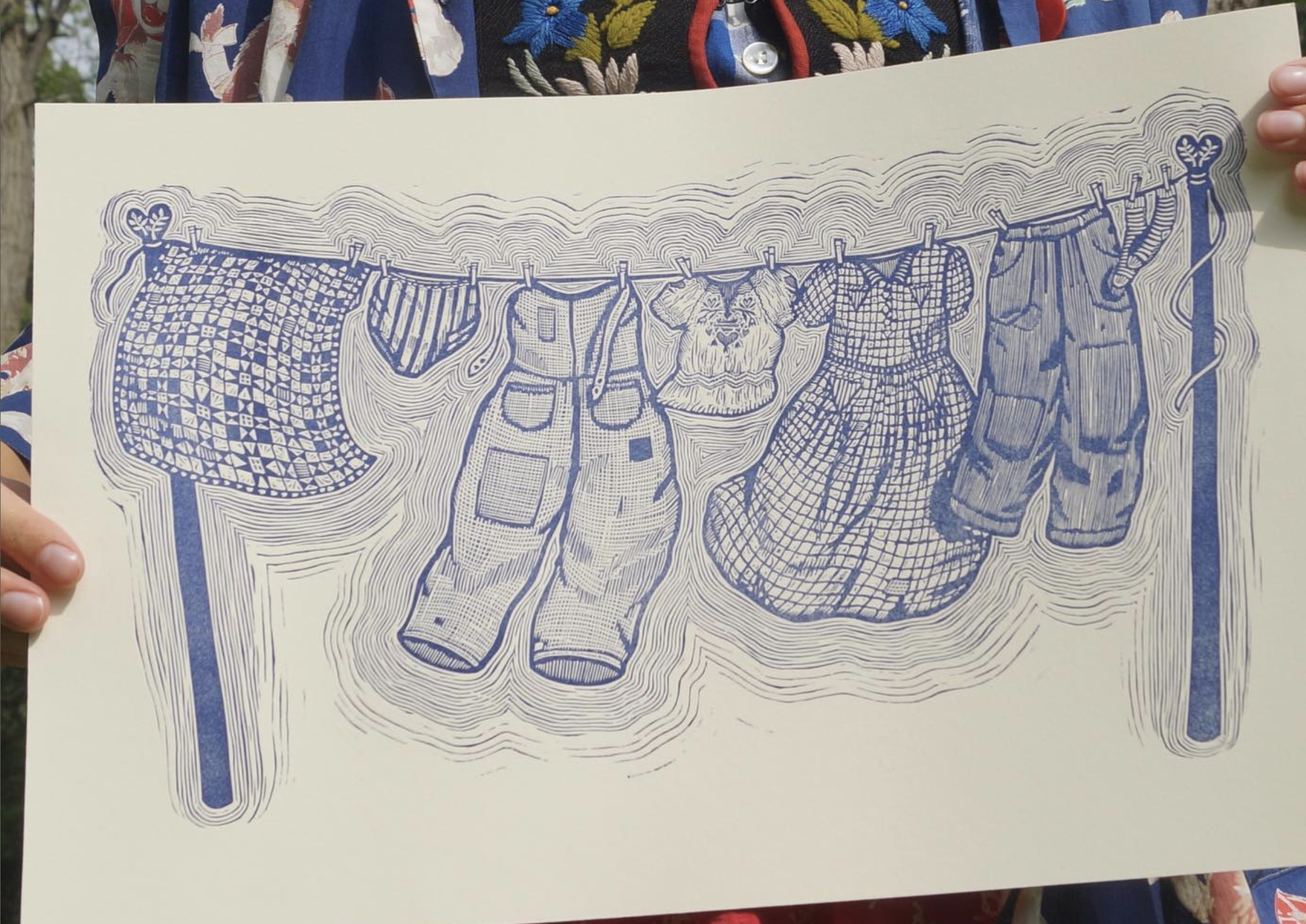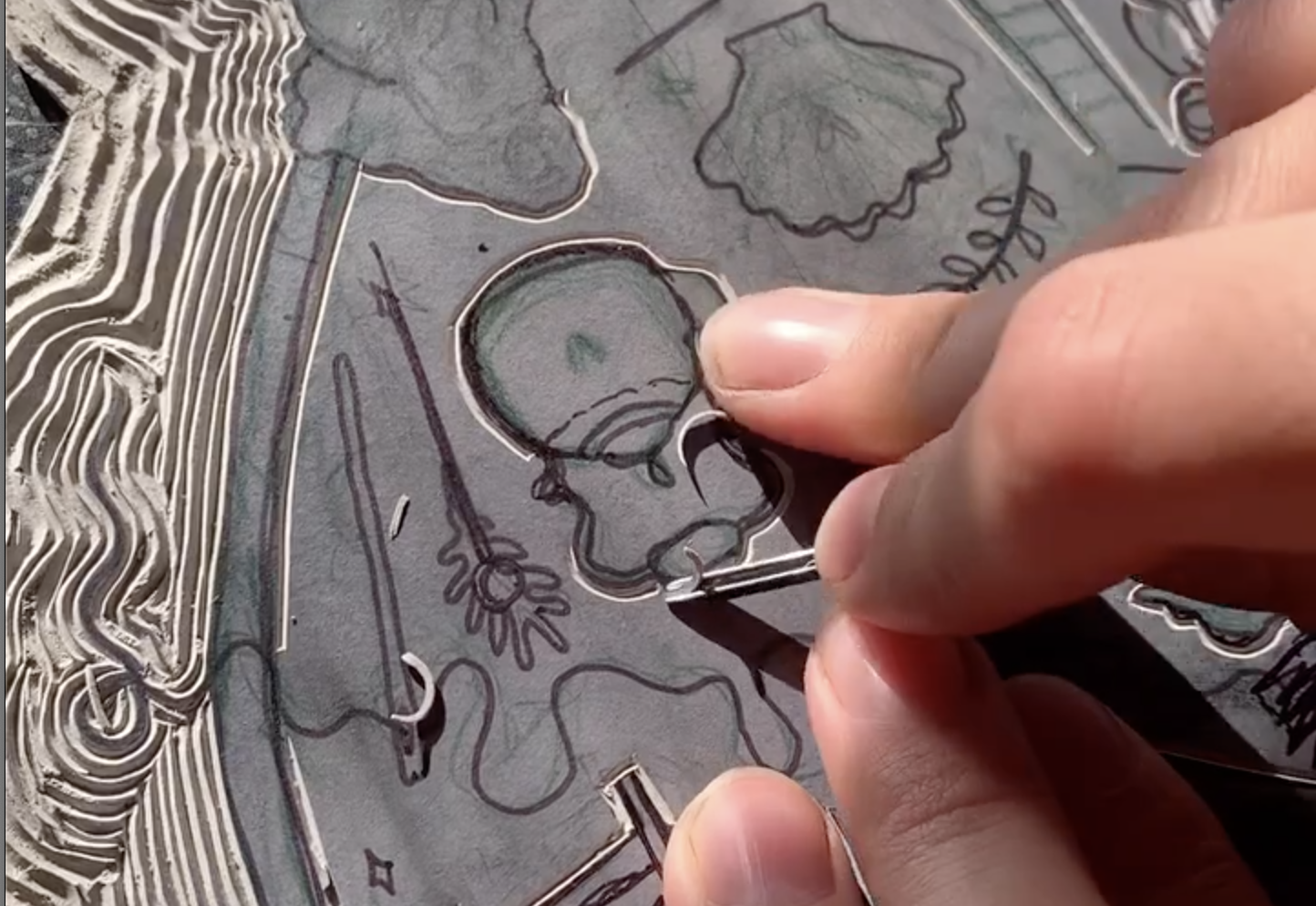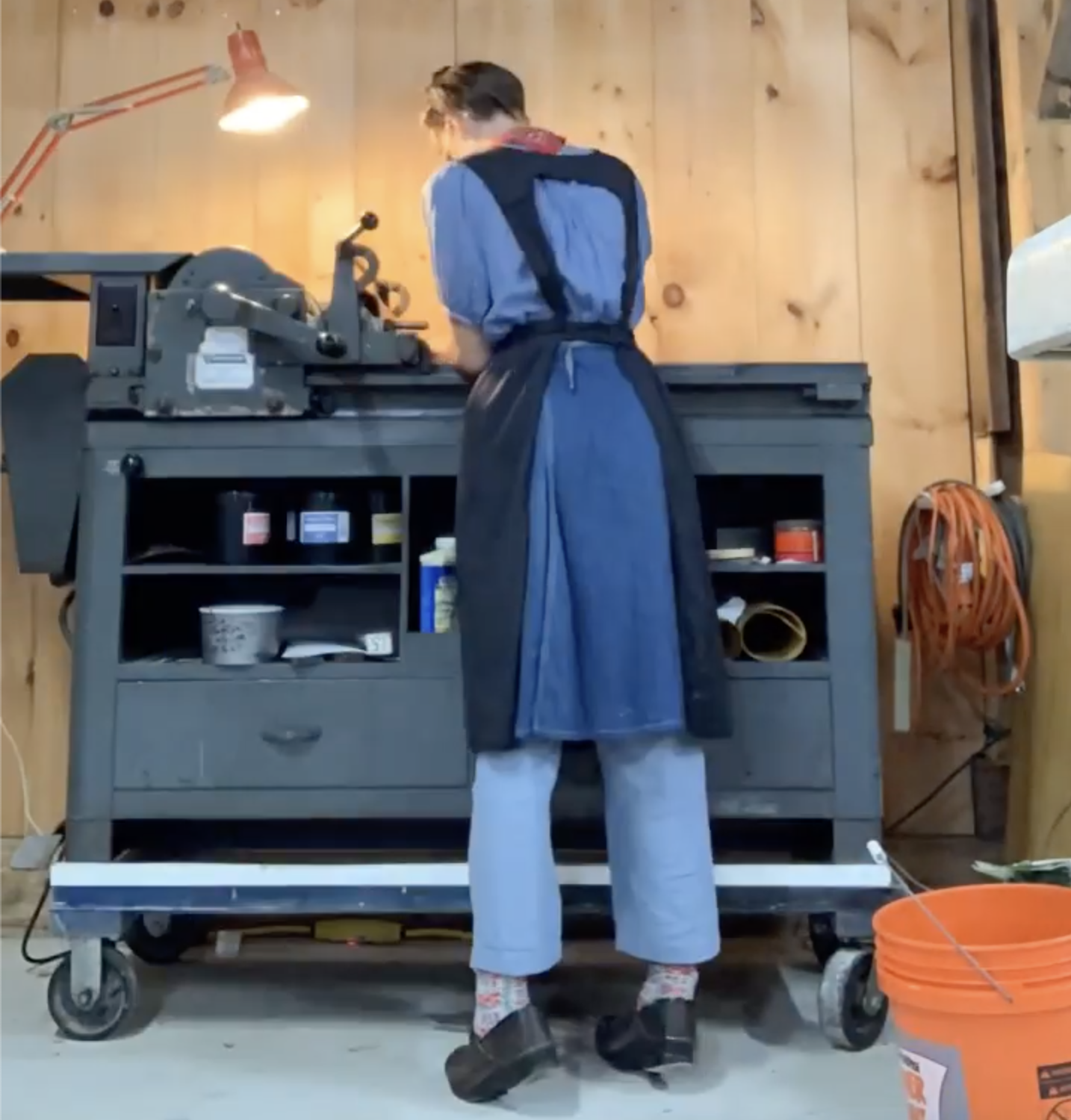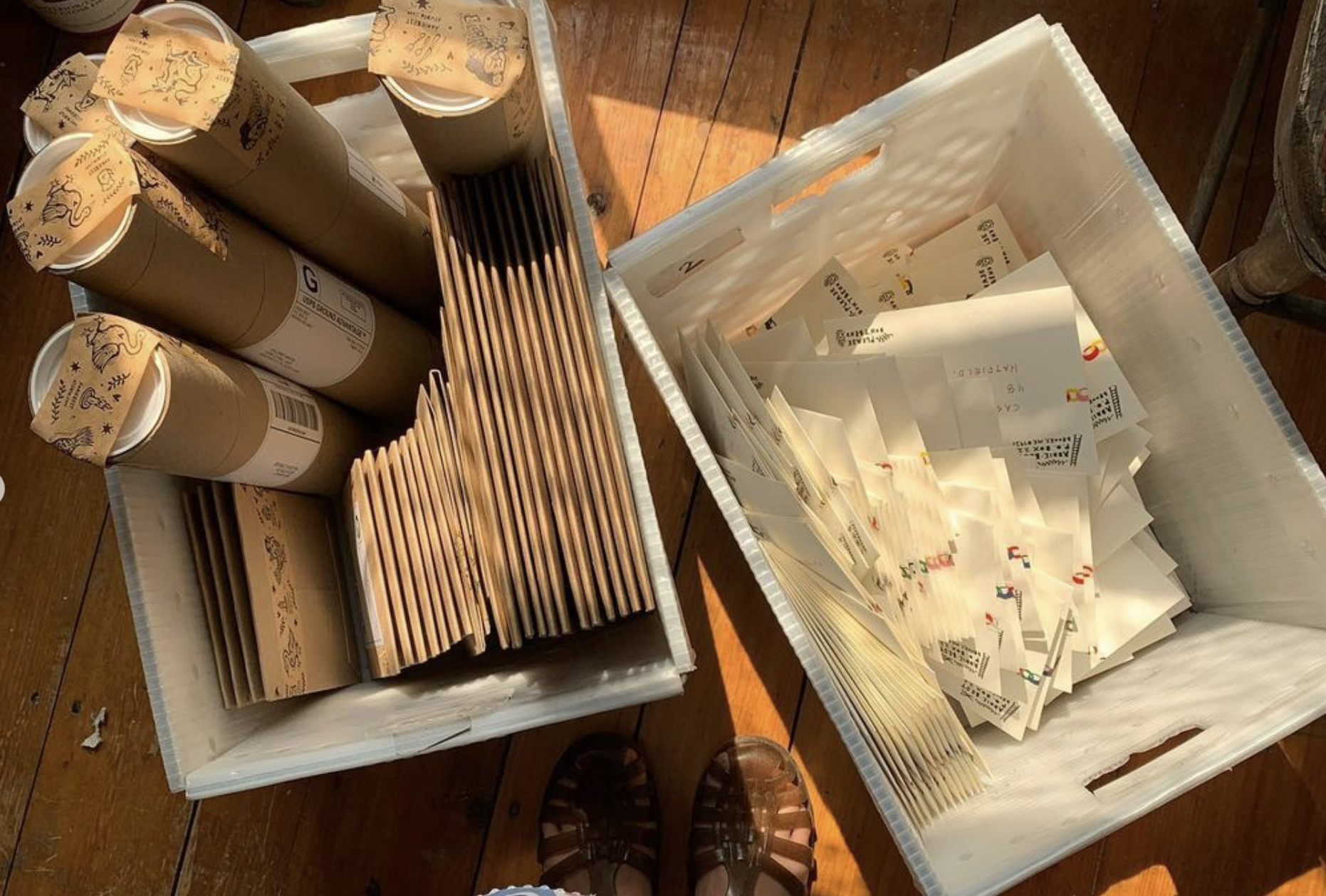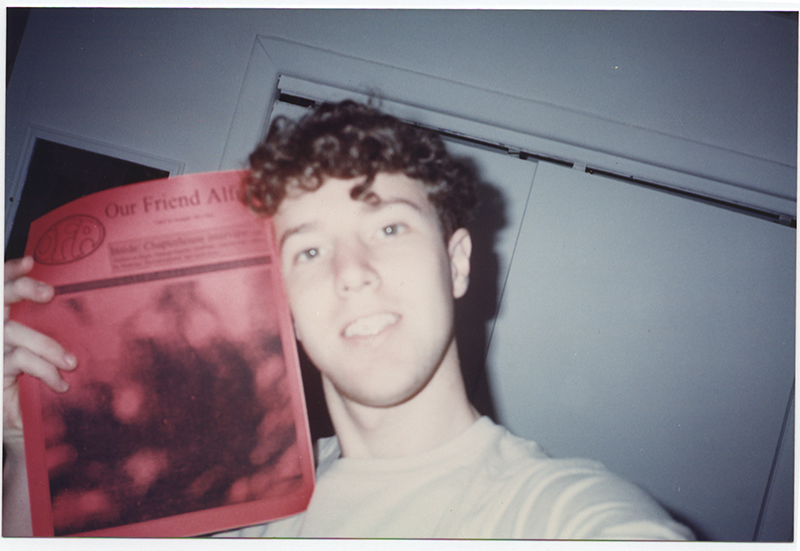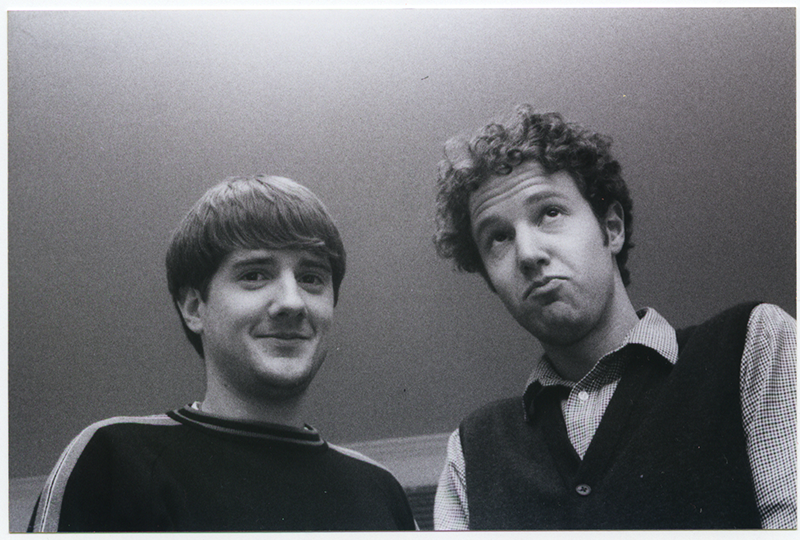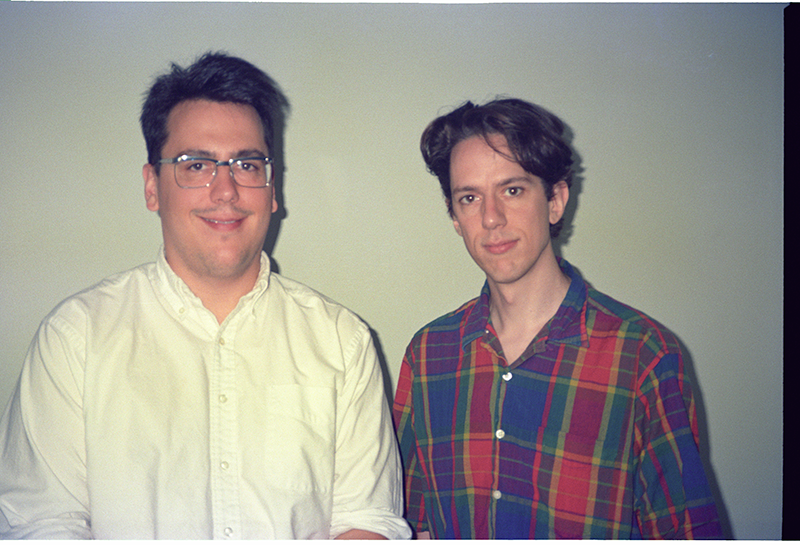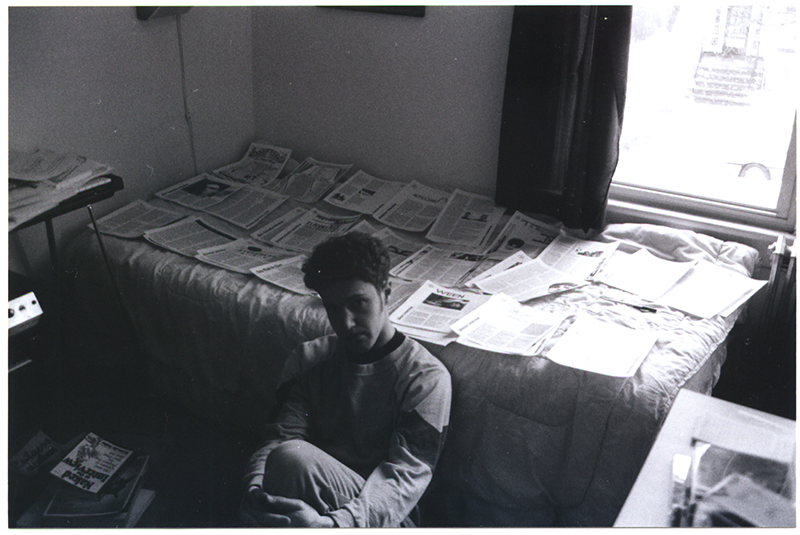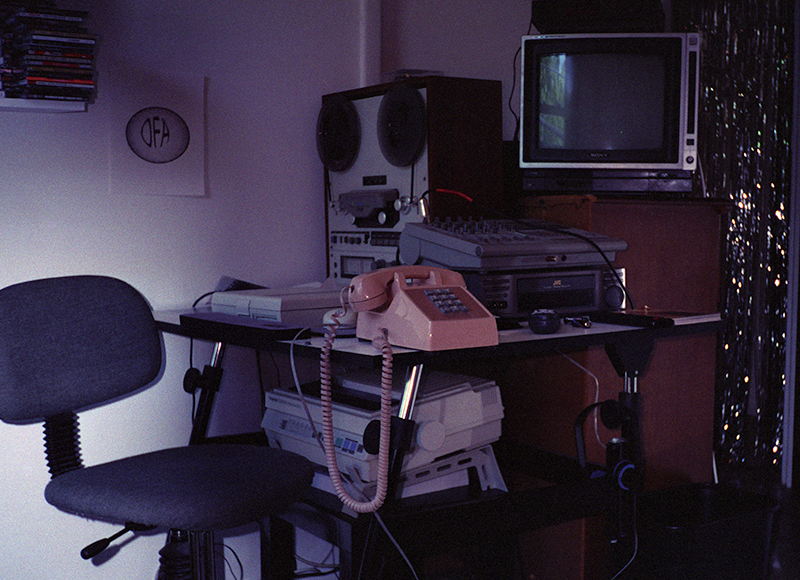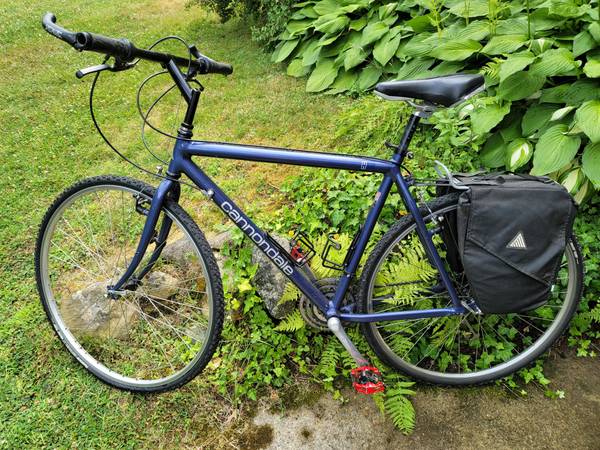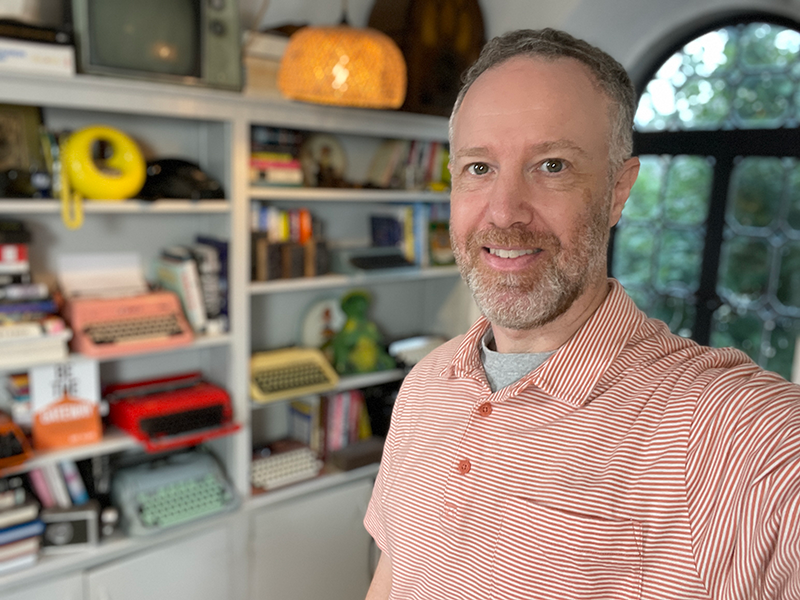Nearly every writer who has ever clicked “publish” on a newsletter or social media post, or published a book, has wondered: “Um, who exactly are my readers? And how do I find them?”
I find this question has only gotten more challenging for writers as the online and social media worlds change at a rapid pace. Most writers I speak with have an endless list of things that they are told they “have to” do in order to be successful.
So today I want to consider this question of finding your readers, taking you through what is changing and why, and sharing actions I encourage you to take now. I also want to invite you to my next workshop:
Find the Readers Who Will Love What You Write!
- Live online event on Friday September 8th at 12:30pm ET
- All registrants receive a video recording, so if you can’t make it live, no problem.
- $49
Limited-time coupon code for 20% off for the workshop: wow20off
(This coupon expires on Monday, August 28, and does not apply to upgraded packages.)
Learn more and register for the workshop here.
Okay, let’s dig in:
If You Feel Lost in Finding Your Readers, You Are Not Alone
Earlier this year, I wrote an essay titled, “The (Bizarre) State of Social Media for Writers,” where I said:
“Many established expectations around social media have gone off the rails. A lot of people aren’t sure which network feels right anymore. New networks are popping up all the time. Previously stable and consistent social networks are changing in big ways.”
Recently literary agent Carly Watters talked about what publishers are doing to engage readers via social media. She described this moment for them as “a crisis point.” She says:
“The role of [how publishers] are engaging with people on social media is really at a crisis point right now. In late-stage social media, I think we have a huge problem about reaching readers where they are…This is getting worse for authors because it means they are getting little to no actual marketing support outside of internal verticals.”
Her recommendations were geared specifically towards publishers, and included that they should invest more in social media, podcasts, and streaming services for their authors. Her own focus is on: “As an agent I’m getting even more into adaptation efforts, I’m going to be pushing for podcast tours for my clients, and I’m going to urge my clients to control off shoots of IP like their own podcast RSS feed etc.”
I love the points she is making here. On the one hand, it is a clear look at the reality for what it means to reach readers in a meaningful way. And she points out that it is even difficult at the publisher level.
Her recommendations, to me, are also so empowering for the individual author. Yes, you want great partners — a publisher or literary agent such as Carly — working on your behalf in these areas. But there are so many things that you, as a writer, have a lot of opportunity to pursue on your own. Read on for some examples below.
Sometimes It Feels As Though Nothing Works
I’ve worked full-time with writers for 13 years, and throughout that time I have heard many people say, “I tried ______ marketing strategy for my writing, and it didn’t work.” Recently, Kathleen Schmidt shared an incredible essay titled “Book Publicity: What Works and What Doesn’t.” Here is a summary of some of her conclusions:
- Reviews: “I’d love to write that reviews sell books, but I’d be lying.”
- Radio: “An interview on NPR sells books…Satellite radio, like Sirius XM, has plenty of shows that interview authors. Unfortunately, you don’t see much of a sales bump from any of them.”
- Podcasts: “Podcasts can effectively sell books depending on what the show is and its listenership.”
- Television: “Television is competitive and hard to book.”
- 60 Minutes and CBS Sunday Morning: “They are in the unique position of always jettisoning a book onto bestseller lists. That said, they are SUPER competitive.”
- Morning Show and Celebrity Book Clubs: Kathleen talked about how they begin looking at books 6-9 months before publication.
- Blog Tours: “Blog tours don’t sell books.”
- Newsletters: “I like the idea of them.”
- Trade Reviews: “They aren’t consumer-facing. They don’t sell books but help inform agents, salespeople, and buyers about specific titles. My advice is not to obsess over trade reviews.”
- Magazines: “There aren’t many print magazines, but the ones that have survived don’t sell books.”
- Opinion Pieces: “I am an avid reader of op-eds, but I’ve never bought a book because of one.”
- Personal Essays: “Personal essays are difficult to place.”
- Print vs. Digital: (In terms of marketing and publicity) “The idea that only print matters is antiquated. Digital should come first.”
- Instagram Book Tours: “Instagram doesn’t sell books unless you are an author with a substantial following.”
- Goodreads: “ Just know that a Goodreads giveaway is like throwing ARCs or books out of an airplane to see what happens.”
- TikTok Influencer Campaigns: “It doesn’t sell books.”
The larger conclusion that I take away from this is that there are a multitude of ways that an author can get exposure for themselves and their writing, and that each tactic plays into an overall strategy. And of course, none of this is a complete list of all of the potential options available.
This is also why I believe in the opportunity that writers have in sharing their writing and connecting with their readers.
The Opportunity to Find Your Ideal Readers
What does this mean for the individual writer or creator like you? That the essential ingredients to move forward may include:
- Know Who Your Ideal Readers Are. Don’t rely on vague demographics, and don’t just rely on social media algorithms. Understand your readers as real, complex people.
- Know Who Your Ideal Readers Trust. Sure, this can be big influencers, but it can also be smaller and more accessible communities.
- Know Where Your Ideal Readers Show Up. This could be online or offline. Where are they putting their time and attention each day?
- Know Who Has Your Ideal Reader’s Attention. This could be what podcasts they love, what newsletters they subscribe to, what authors they read, who they follow on Instagram, and so much more.
- Know What Engages Your Ideal Readers. What messages, topics, and narratives will always get them to pause when scrolling? What gets an immediate ‘like’ from them?
- Know How to Frame Your Messaging to Attract and Engage Your Ideal Readers. This is like a signal that helps you know exactly how to engage in ways both big and small: from a social media post, to a podcast pitch.
- Know the Marketplace That Your Ideal Readers Spend Time In. If you are blind to this, how can you navigate it? Understand the ecosystem that your ideal readers spend time in to learn about writing and books they love, and how word-of-mouth marketing actually happens.
All of this helps you develop your own following, and allows readers to engage with you in powerful ways that sustain you instead of drain you.
Again, to me this is empowering. I grew up as an artist, and clearly remember so many times in the 1980s, 1990s, and early 2000s feeling as though I had few ways to reach my ideal audience with my writing, art, and ideas. Everything relied on a gatekeeper accepting my work, and then them taking control of how it is communicated.
But today, you have that control. You have that ability to share your work in powerful ways, be it through a newsletter, essay, podcast, video, and so much else. You have the ability to engage directly with colleagues and influencers, with communities that love writing like yours, and of course, with readers.
When I work with writers, we simplify this process. We do a clear analysis, we focus our attention on what feels authentic to that writer, and how to create meaningful moments with readers.
This is a skill that you can develop — to understand who your ideal readers are, where to find them, and how to engage them. It relies on things that are deeply human — communication and trust — not trends or algorithms.
I dig deep into this in my upcoming workshop: Find the Readers Who Will Love What You Write! You can read more about it and register here. Use discount code wow20off to receive 20% off by Monday.
Thanks!
-Dan

